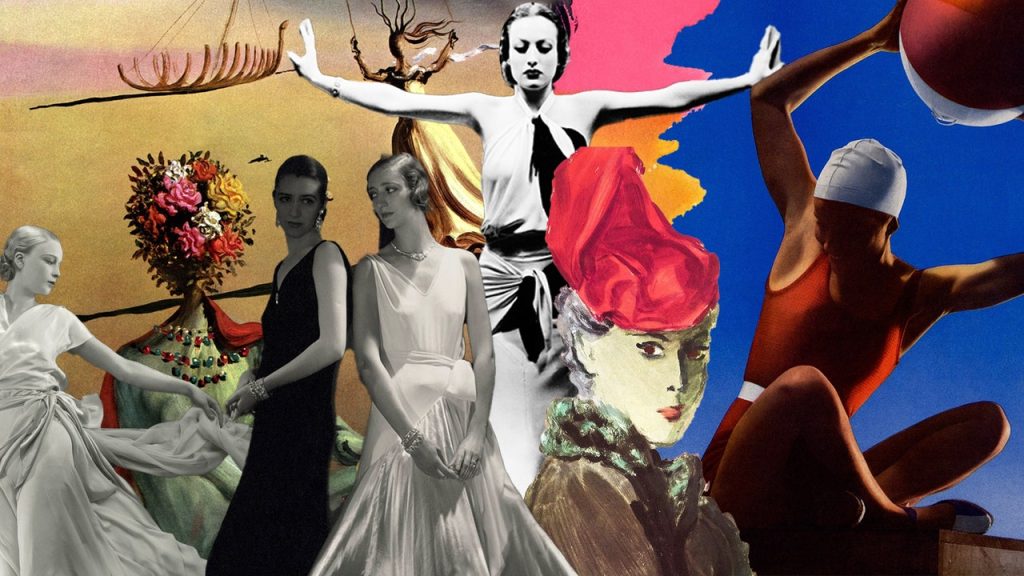The 1930s was a decade of iconic Hollywood fashion, with stars like Greta Garbo, Marlene Dietrich, and Joan Crawford setting trends with their glamorous on-screen costumes. One of the most famous Hollywood-born dresses was the white organdy gown worn by Joan Crawford in the film “Letty Lynton,” which became a sensation and inspired young girls all over the country to imitate the look. The angular shoulders of Greta Garbo’s costumes in “Mata Hari” and the vampy dresses of Marlene Dietrich in “Shanghai Express” also left a lasting impact on fashion during this era.
Despite the economic challenges brought on by the stock market crash of 1929, the 1930s saw technological advancements in fashion that helped democratize the industry. Rayon, a cellulose-based fiber, was widely used to create silk-alternative fabrics like crepe de chine, making high fashion more accessible to a wider audience. Nylon, known as artificial silk, became a popular choice for silk stockings, further expanding the range of affordable fashion options. Zippers were also introduced into high fashion for the first time, revolutionizing fastenings and adding a modern touch to garments.
Surrealism became a prominent influence in fashion during the 1930s, with artists like Salvador Dali collaborating with designer Elsa Schiaparelli to create whimsical and innovative designs. Dali’s signature style of storytelling through art was evident in Schiaparelli’s Tears dress pattern, featuring trompe l’oeil elements that defied traditional expectations. The Lobster dress, hand-painted by Dali, gained mainstream attention when worn by Wallis Simpson in 1937, showcasing the playful and surreal aesthetic that defined the era.
The 1930s marked a shift towards fashion photography, with black-and-white images becoming a staple in fashion magazines like Vogue. While fashion illustration remained popular, photography offered a new way to showcase the intricate details and textures of garments that were often lost in drawings. This shift allowed for a more realistic and dynamic representation of 1930s fashion, capturing the essence of the era in a way that resonated with audiences and propelled the industry forward. Photographers like Baron Adolph de Meyer played a key role in promoting fashion through beautiful and captivating images that highlighted the elegance and sophistication of the period.


